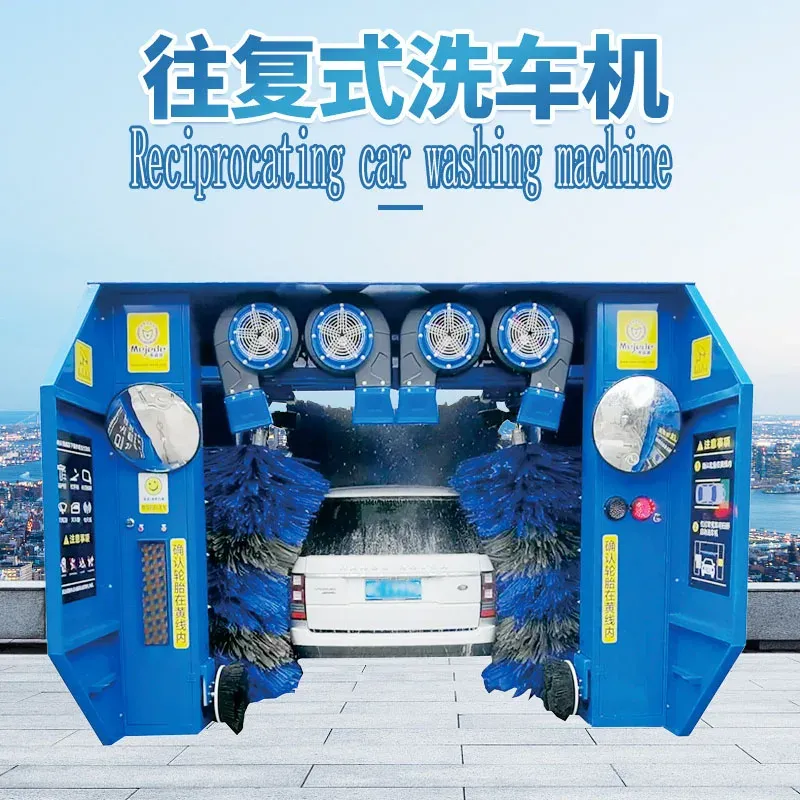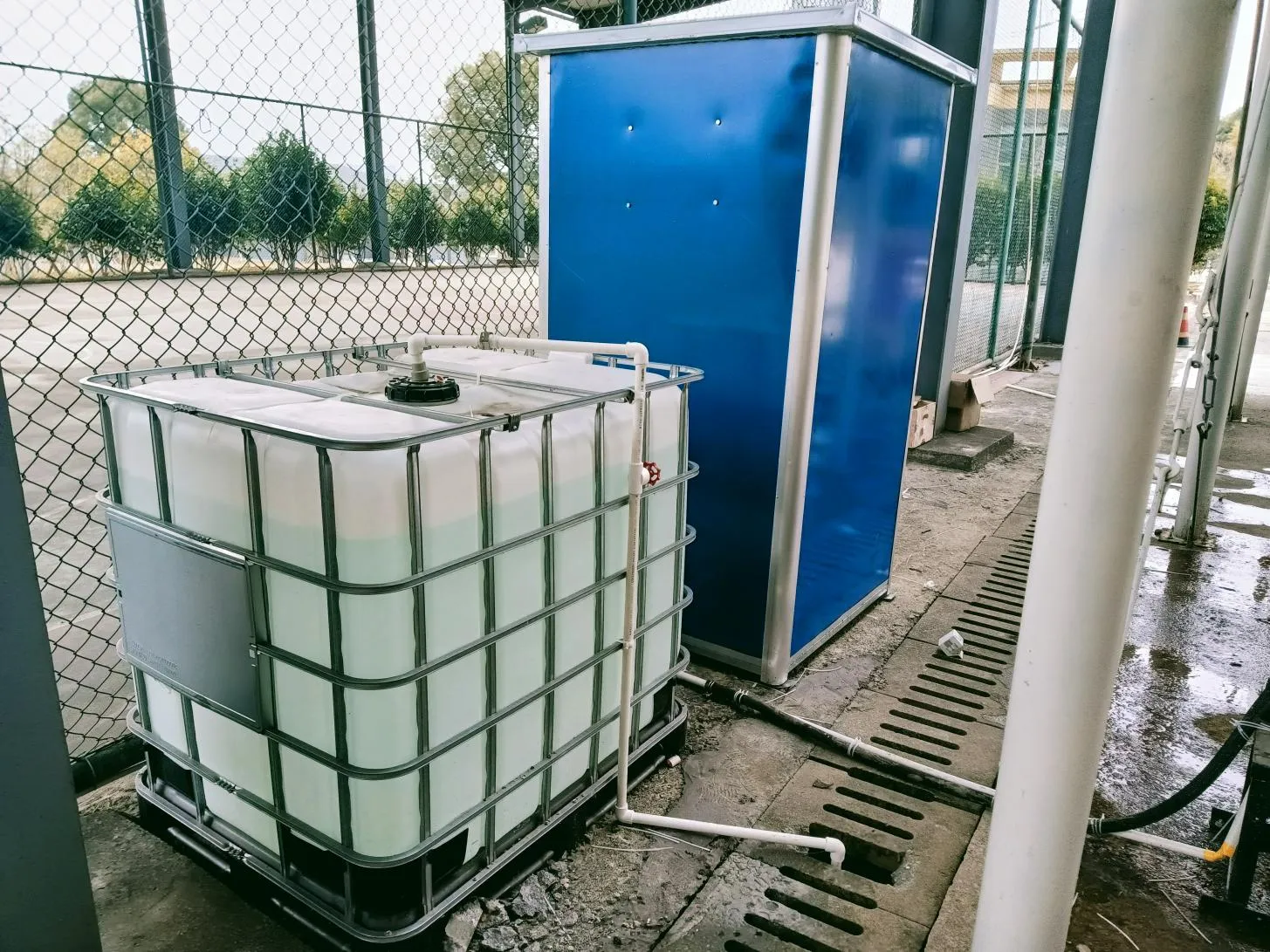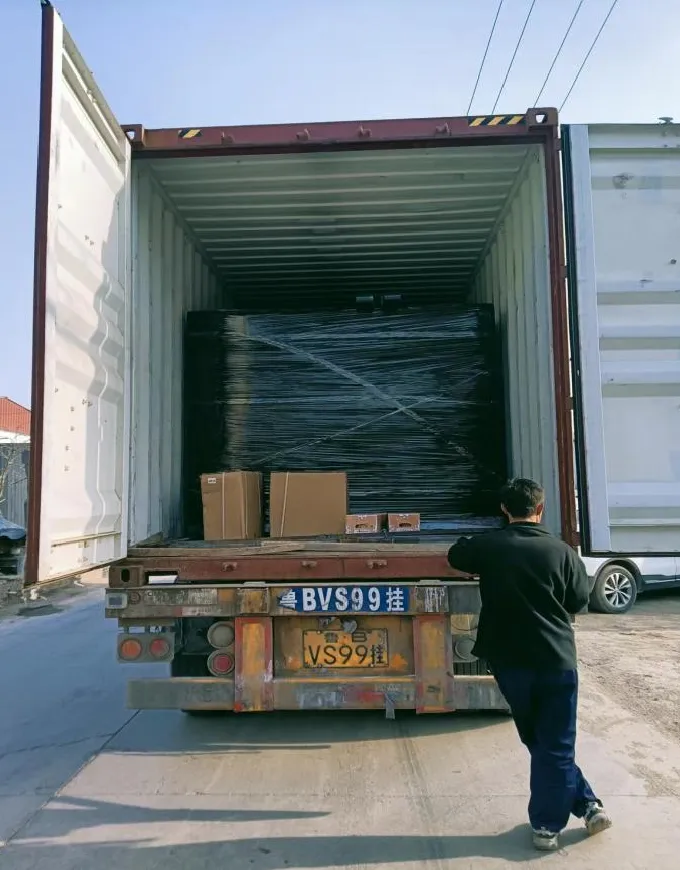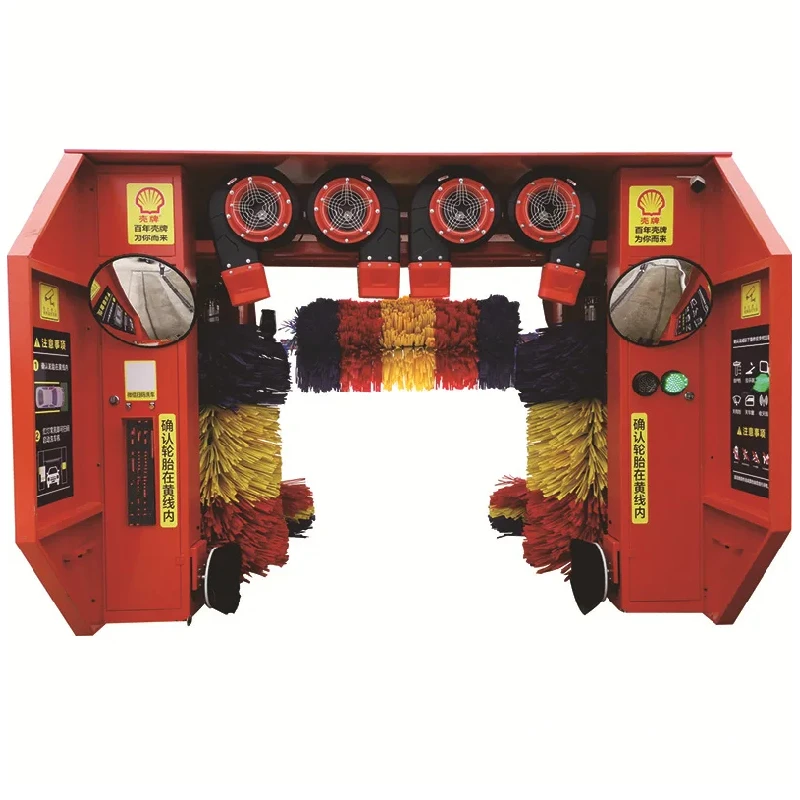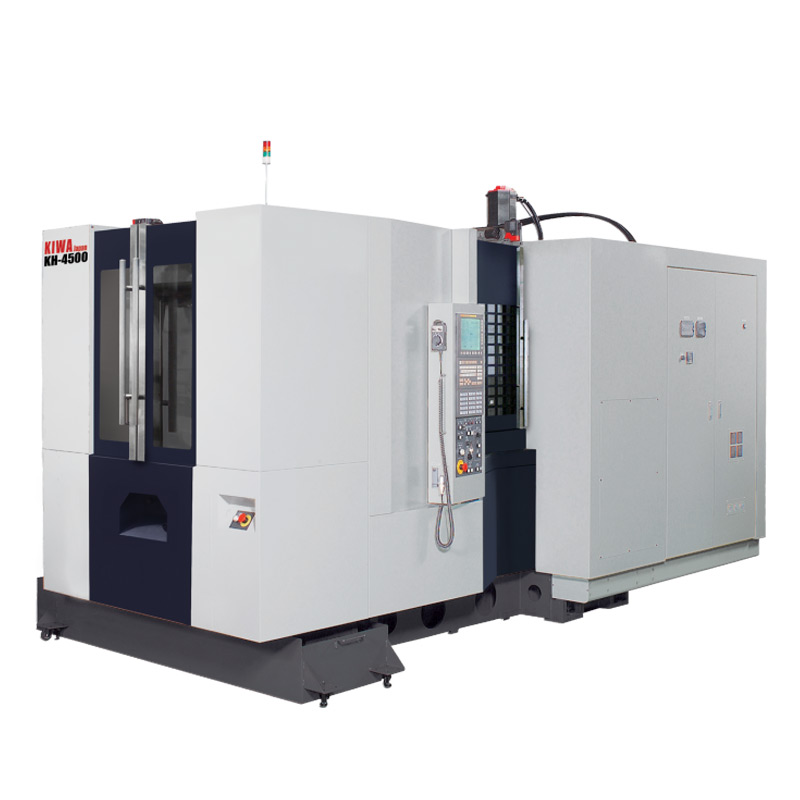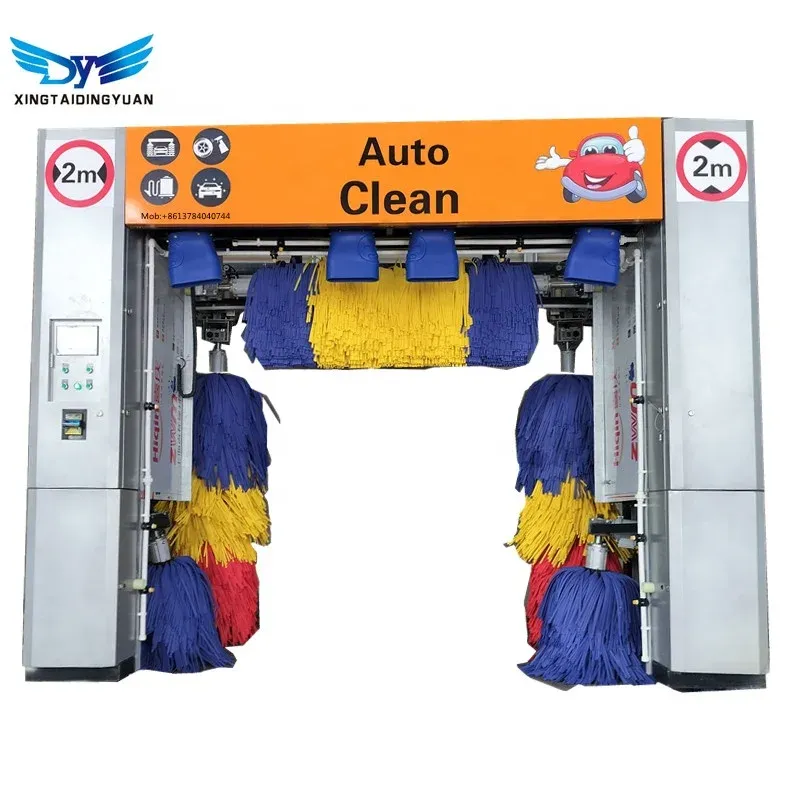The Journal of the American Institute for Conservation (JAIC) is an international peer-reviewed periodical for the art conservation profession. The Journal publishes articles on treatment case studies, current issues, materials research, and technical analyses relating to the conservation and preservation of historic and cultural works. The topics encompass a broad range of specialties including architectural materials, archeological objects, books and paper, ethnographic materials, objects, paintings, photographic materials, sculpture, and wooden artifacts. Started as the Bulletin of the International Institute for Conservation-American Group (IIC-AG), in April 1961, the Journal matured into its current form in 1977. Since that time JAIC has become a repository for the core body of conservation information through its documentation of new materials, changing methods, and developing standards in the conservation profession. The four-color publication is distributed three times a year to AIC members and museum, library, and university subscribers.


